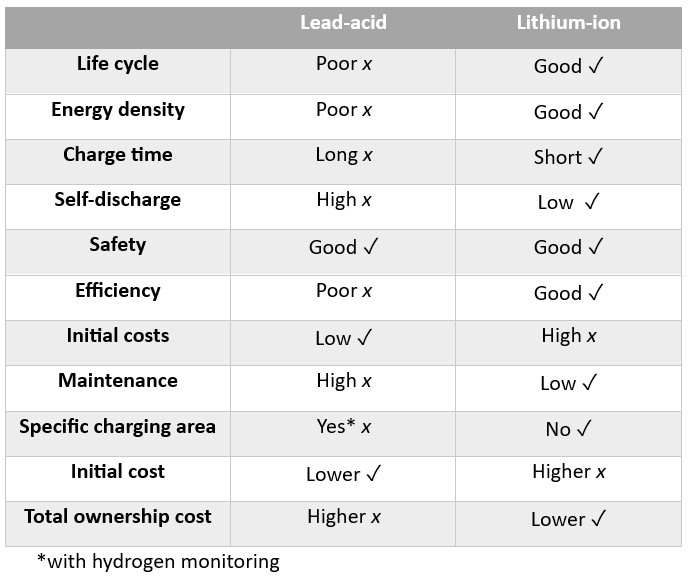The main approach channel and Berths 8&9 at Hutchison Ports’ Port of Felixstowe have been deepened to improve access for the world’s largest container ships.
The announcement was formally made today (4 October 2023) during the maiden call at the port of its namesake the OOCL Felixstowe, the latest in a series of 24,188 TEU mega container vessels operated by Orient Overseas Container Line Ltd. (“OOCL”).
The depth of the approach channel has been increased from 14.5 metres to 16 metres and Berths 8&9 increased from 16 metres to 18 metres below chart datum.
Commenting on the improvements, Robert Ashton, Chief Operating Officer of the Port of Felixstowe, said:
“The completion of this major dredging project reinforces Felixstowe’s position as one of Europe’s leading ports for the latest generation of mega vessels. It provides levels of access that are unequalled anywhere else in the UK. The dredge increases the maximum size of vessel we can handle, the berthing windows for the biggest vessels and the number of ultra-large vessels that can enter or leave the port on each high tide. Most importantly, it provides more flexibility and certainty of service for our customers in an industry where delays can be costly.
“It is entirely appropriate that the OOCL Felixstowe is one of the first ships to benefit from the deeper channel. The port has a very long-standing relationship with OOCL who first called here in the 1970s and we are honoured that they still entrust us with their business and have named their newest vessel after the port. It illustrates perfectly how we have developed together and both remain at the forefront of container shipping.”
The port’s Berths 6&7 were upgraded in 2022 to provide four berths capable of handling vessels of over 20,000 TEU capacity. The main navigation channel is managed by Harwich Haven Authority who appointed a joint venture of Dutch dredging contractors Royal Boskalis Westminster and Van Oord to undertake the £130m project.
Sarah West, Chief Executive of Harwich Haven Authority, said:
“The project to deepen the approach channel has been a significant financial investment by the Authority to ensure this vital UK gateway remains competitive and further safeguards the UK’s position as a major trading nation. The increased depth of the navigation channel together with the additional deep-water berths provides a compelling proposition for existing and future customers using the Port of Felixstowe. Extensive environmental studies were undertaken before any work could begin and we are pleased that, working with beneficial partners that include the Royal Society for the Protection of Birds, we have been able to deliver – on time and to budget – a project that not only helps future-proof trade coming into the harbour but that also delivers significant environmental benefits.”
Paul Hesk, spokesperson for the Royal Boskalis Westminster – Van Oord joint venture, added: “We are proud to have successfully delivered this important project. Over 22 months we have used more than 20 different vessels to remove over 17.1 million cubic metres of material from the channel to improve access for some of the largest ships to be found anywhere in the world.”








